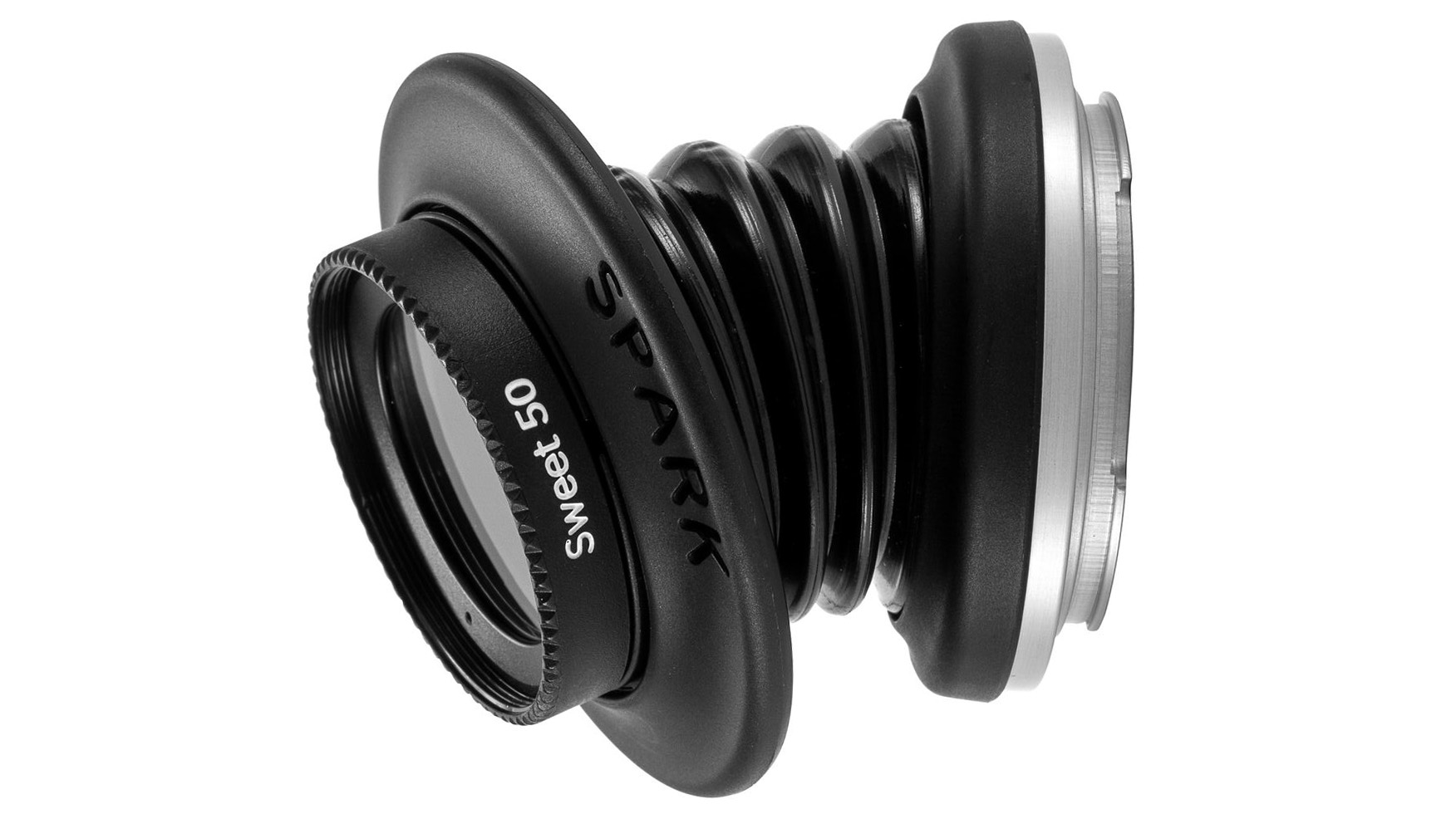
Lensbaby has launched the Lensbaby Spark 2.0 – an update to the fun, tiltable, original 2012 optic, which is now available for just about all DSLR and mirrorless camera lens mounts.
Now eight years old, the much-loved original was due an update and Lensbaby fans will be glad to hear that the Lensbaby Spark 2.0 builds on what was already great with the previous version.
• Read more: Lensbaby Spark 2.0 review
As you would expect, the 2.0 keeps its predecessor's main USP; a tiltable lens barrel that enables you to experiment with weird and wonderful creative focus effects, which you would usually only have access to with pricey tilt-shift lenses that cost several thousands of dollars! By contrast, the Spark 2.0 costs just $199.95 / £179.
Lensbaby describes the Spark 2.0 as, “a living sculpture of photographic spontaneity” and says that it draws on the design of the Original Lensbaby first introduced in 2004. “The Spark 2.0 combines the Original’s dance-like process of focusing and tilting with internally adjustable apertures plus compatibility with any of the 15 Optic Swap optics that Lensbaby has introduced since 2008”.
The unique focus style has a certain mystery that draws the viewer in, and has been used in motion pictures and video productions ranging from the Academy Award-nominated film, The Diving Bell and the Butterfly, to music videos and a host of currently streaming TV series.
Lensbaby Spark 2.0 specification:
Creative Effect: Sweet
Optic Swap Compatible: Yes
Focal length: 50mm
Aperture: Fixed f/2.5
Minimum Focus Distance: 15"
Format Compatibility: APS-C and Full Frame
Autofocus: No
Angle of View: n/a
Angle of Tilt: 15°
Filter Thread: 46mm
Diaphragm Blades: 12
Elements / Groups: 2 Elements / 1 Group
Dimensions: 2” (5.08cm) high x 2.5” (6.35cm) wide
Weight: 6.5oz
The best camera deals, reviews, product advice, and unmissable photography news, direct to your inbox!
Upgrades to the Lensbaby Spark 1.0 include a 12-blade adjustable aperture with settings from f/2.5-22, along with improved compatibility with past and future optics, and availability with metal camera mounts for most interchangeable lens systems. Notably, the Spark 2.0 is the first flexible Lensbaby lens body available for mirrorless camera systems.
It comes with the Sweet 50 optic, giving you a 50mm focal length, and is available for Canon EF, Nikon F and Pentax K DSLRs, and Canon RF, Nikon Z, Sony E, Fuji X and Micro Four Thirds lens mounts.
Just like with the prior model, to focus the lens you squeeze the focus bellows until you achieve a focus; depending on your aperture, your "sweet spot" of focus will be very small (at f/2.5) or very large (at f/22). From here you tilt the lens and revolve it around 360° to place your sweet spot wherever you want it in the frame – such as on your subject's face, with the rest of the scene falling off into blur.
We can't wait to get our hands on the Spark 2.0 and get creative with it - and bring you a full test of this lens.
Read more:
Lensbaby Velvet 28 Review
The best Lensbaby and Lomography lenses: the best creative effect lenses
100 Photoshop tips: learn all the tricks of the editing trade

In addition to being a freelance photographer and filmmaker, Dan is a bona fide expert on all things Canon and Adobe. Not only is he an Adobe-certified Photoshop guru, he's spent over 10 years writing for specialist magazines including stints as the Deputy Editor for PhotoPlus: The Canon Magazine, Technical Editor for Practical Photography and Photoshop Editor on Digital Photo.

